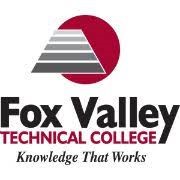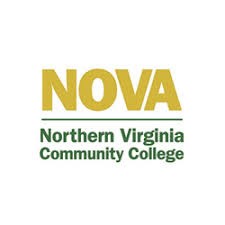
In October 2017 the AEN hosted a study tour of the US & UAE
To investigate a range of trade and apprentice training systems in the US and to better understand international trends in apprenticeships.
- INAP conference (innovative apprenticeships) (Washington DC)
- US – Community colleges (Nova, Fox, Dawson,)
- US – privately owned trade institutes – (Lincoln Institute, Coyne College)
- US – union trade training schools (UA400 Plumbing and steamfitters)
- US – government / policy and industry
- UAE – international worldskills conference
- UAE – worldskills competition
Delegates
- Gary Workman – Apprenticeship Employment Network
- Nik Mavrommatis – Apprenticeship Employment Network
- Dean Luciani – Westvic Staffing Solutions
- Rob Birch – G-Force
- Mark Knox – Apprenticeships Group Australia
- Franklin O’Carroll – Holmesglen Institute
- Frederick Maddern – WPC Group
- Russell Thorn – GOTafe
Study Tour Summary – Key Observations
Apprenticeship Observations: Many countries have similar issues to Australia
There were certainly a number of common themes during our tour, where there were very similar issues to what we face in Australia including;
- Disconnection / poor communication between employers and training providers (varying levels depending on country and location)
- Social / behaviour of youth / employer expectations (very large issue in US)
- How do countries use the apprenticeship system to improve youth employment and workforce needs
- Term “apprenticeship” seems to be used to cover all industries/trades that have a workplace/ training – entry level positions.
- Perception of apprenticeships in US – University/college preference for youth/ families – different to European perceptions
- Many countries the “apprenticeship” vary in duration from 12 months – 7 years
- Attracting youth to the trades.
- Connecting with / Working with secondary schools (High schools) to better promote trade/career pathways.
- Employer concerns Aging population / difficult to find staff/ workforce needs for the future
Australian Benefits and Strengths
The study tour group agreed that the Australian VET system was in a strong position when compared to many other countries. The Australian VET system has a very solid foundation with most of the key components that make up a sustainable VET system already well in place.Strong policies with a qualifications framework
- Strong funding (compared to US) similar funding based on European experiences (however the funding is generated from industry taxes/ levies)
- Australia is the only country with a strong GTO model
- UK & US have “intermediaries” model to assist the employer and youth into apprenticeships
- Incentives for employers in Australia (however costs for training with employer)
- European countries – levies/taxes on employers – this funds the system
- Inclusion / disabilities/ women/ CALD (Australia have strong policies when compared to other countries)
- Men/ women pay/ conditions more equitable (up to 31% difference in Asia/ Africa – less for women)
- Australia well positioned / well ahead of all countries except Germany/ and surrounding countries)
- Government driven system in Australia? (not sure if this is a strength – however it is good to see the government having VET as a priority).
Key Observations: Things Australia could investigate further
There were a few key items that we believe the Australian Government should explore further including;
- The training providers seem to have stronger links with employers and employment outcomes. Many US states require training providers to achieve a minimum 70% employment outcomes to retain their accreditation.
- Student funding models also seemed to require greater “buy-in” from students with many systems utilising student loan programs instead of “free government placements” – this in-turn assisted with completion rates- as many colleges in the US have high (better than 70%) completion rates for trade/ technical programs.
- Employers / industry also seemed better connected to the VET system in Europe as they paid into a Levy/tax system.
- Training providers seemed to have stronger links with employers/industry on curriculum design and assessment, changes to curriculum occurred at a local level to meet local needs- and could be developed within 12 months in many cases. (the disadvantage to this is not having “national/state consistency” but this didn’t seem to worry the employers or the colleges).
- Scale – Overall student participation numbers was high at each training organisation. This scale seemed to create improved flexibility for the training organisation, more classes, more options for students and employers.
Follow the link below or click the image to download the full paper.







